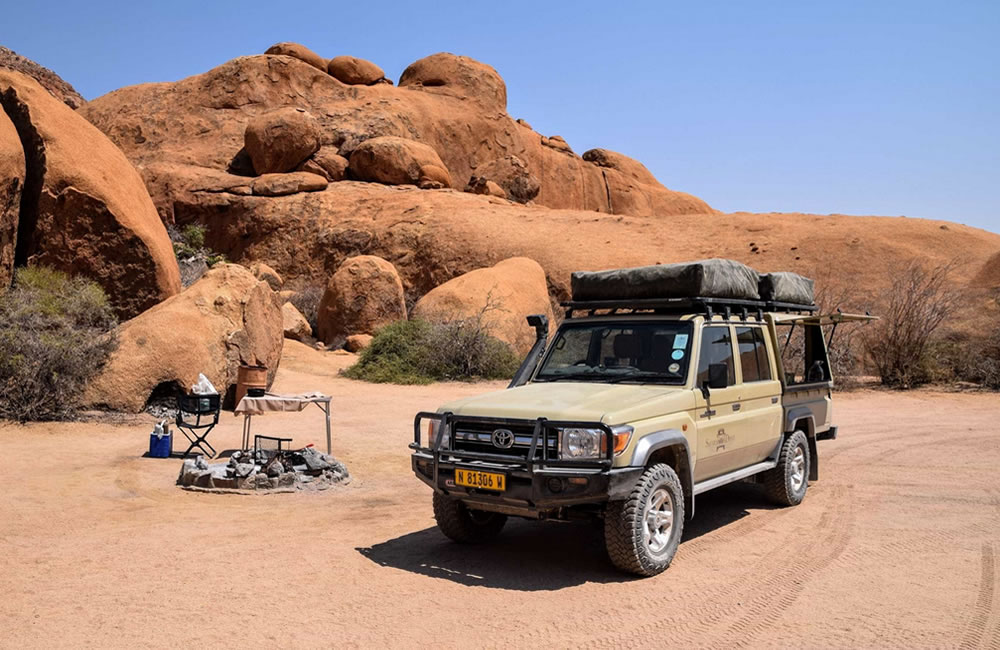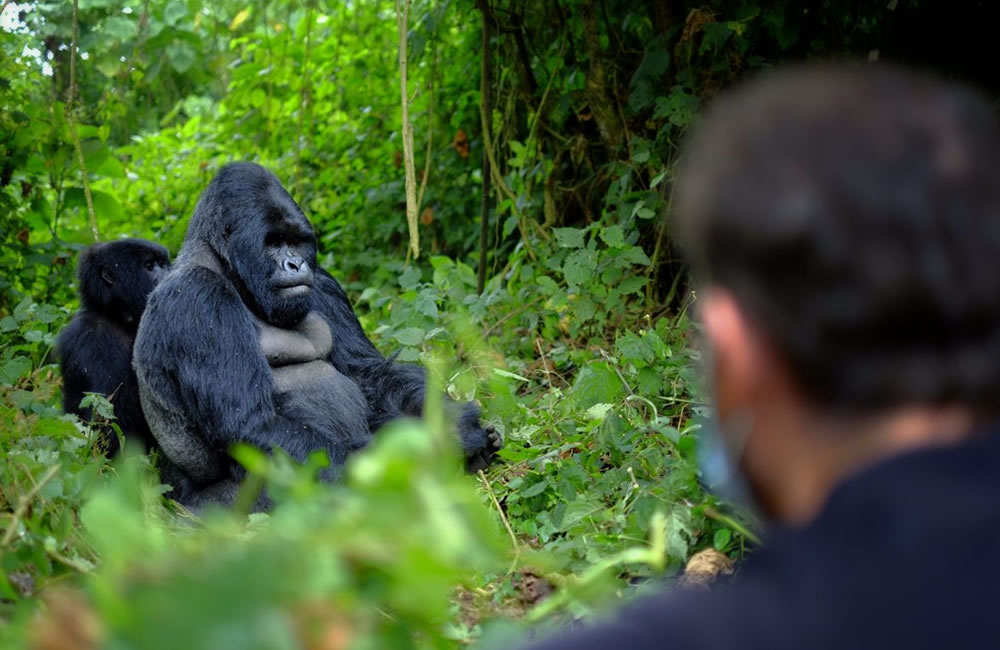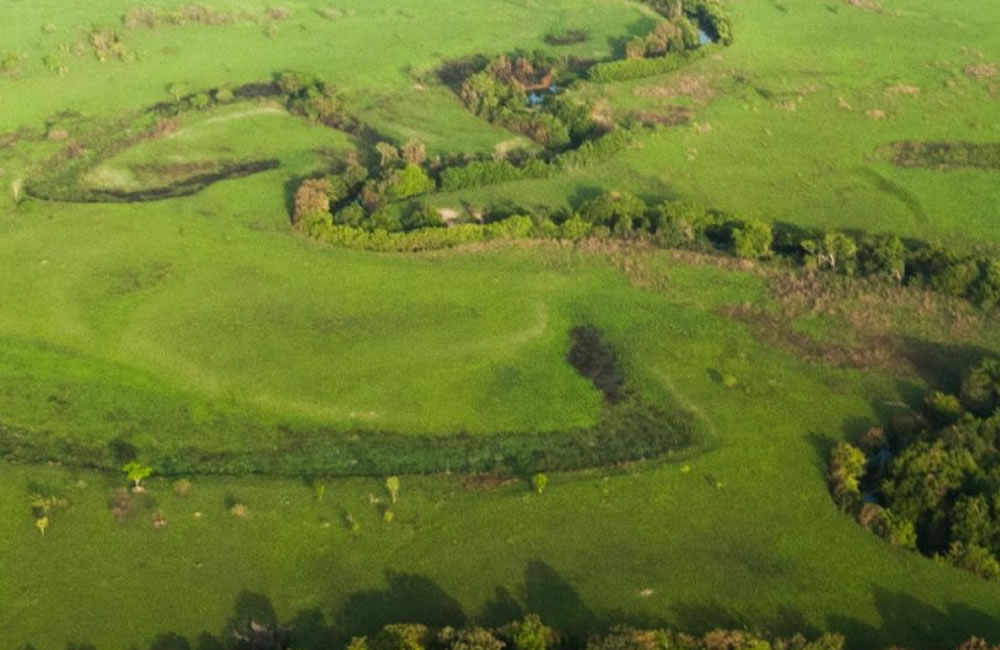Experiences
Articles
Trekking Kilimanjaro and Mountain Gorillas
For the ultimate East African adventure, nothing compares to the thrilling combination of climbing Mount Kilimanjaro in Tanzania and trekking with mountain gorillas in the misty forests of Uganda or Rwanda. These two experiences are not only bucket-list-worthy, but they also provide a stunning...
3
min.

Namibia Self-Drive Safari (Desert Adventures and Wildlife)
Namibia stands out as an exceptional destination for a self-drive safari, characterized by its awe-inspiring landscapes, distinctive wildlife, and expansive open roads. The country...
5
minutes

5 Safe Safari Activities to do in Africa
Africa offers a range of safe safari activities that allow travellers to experience the country’s wildlife and natural beauty up close and safe adrenaline adventures such as mountain...
4
minutes
Experience a Conservation Safari in Manyara Ranch
Opened in June of 2010, Manyara Ranch Conservancy is the result of long-term conservation efforts undertaken by the African Wildlife Foundation, aimed at securing...
0
minutes

A Safari in Murchison Falls National Park
Driving towards the northern side of Uganda via the Luweero triangle is Murchison falls, Uganda’s largest national park covering an area of about 3840...
5
minutes

Chimpanzee Tracking in Nyungwe Forest of Rwanda
Nyungwe National Park is largest in Rwanda with a variety of primates. One of the oldest rain forests in Africa, Nyungwe is rich in...
2
minutes

Chinko Wildlife Experiences in Central Africa
There is something very exclusively beautiful about the Central African Republic. This region in Central Africa is a land with absolutely no human encroachment...
3
minutes
